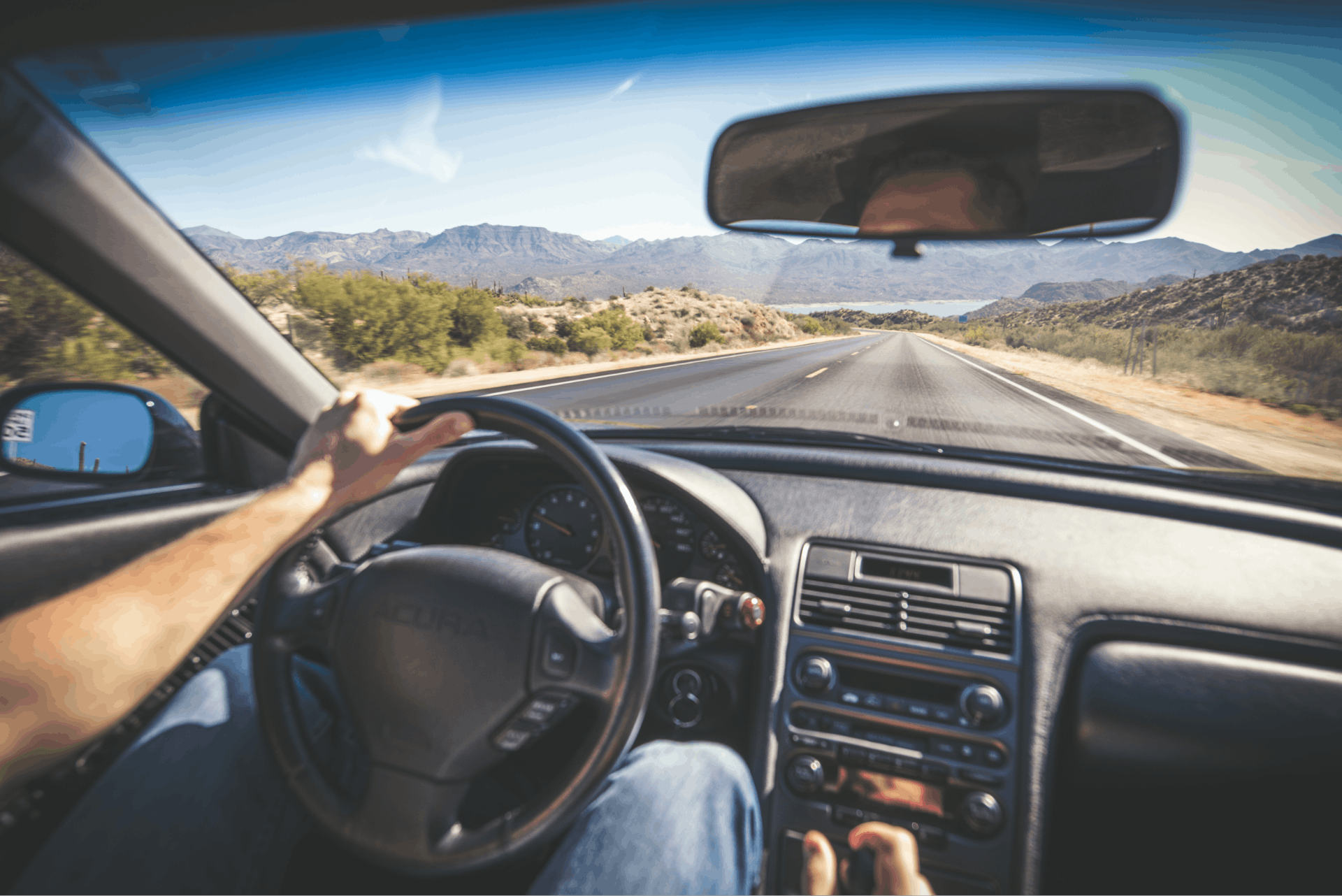All prices shown here are representative of stock condition vehicles only and based on various data sources, as detailed in About Our Prices. Value adjustments for optional equipment are in U.S. dollars. More information on how forecast models are calculated can be found on Forecasted Values page. For additional information and a complete description of benefits, visit hagerty.CA/legal. Purchase of insurance not required for membership in HDC. Hagerty, Hagerty Valuation Tools & Hagerty Drivers Club are registered trademarks of the Hagerty Group LLC, ©2025 The Hagerty Group, LLC. All Rights Reserved.
1968 Aston Martin DB6 Mk I
2dr Saloon
6-cyl. 3995cc/282hp 3x1bbl SU
#1 Concours condition#1 Concours
#2 Excellent condition#2 Excellent
#3 Good condition#3 Good
$333,000 CAD*
+0.9%
#4 Fair condition#4 Fair
Apr 2025
Pricing adjustments
+$1,500 for hardtop with convertible.
-15% for auto trans on GXP.
Adjustments are in USD
+$1,500 for hardtop with convertible.
-15% for auto trans on GXP.
Adjustments are in USD
Let us watch the market for you
We update the Hagerty Price Guide each quarter. Sign up for alerts and we'll notify you about value changes for the cars you love.
1965-1971 Aston Martin DB6 stats
Sales
10000
Photos
1 photoImage may not reflect selected vehicle.
Past sales
$203,191 CAD
1970 Aston Martin DB6 Mk II Vantage
Europe
Apr 13, 2025Bonhams
View details
$197,859 CAD
1967 Aston Martin DB6 Mk I
Europe
Mar 27, 2025Car and Classic
View details
$457,461 CAD
1966 Aston Martin DB6 Mk I
Standard
Europe
Feb 4, 2025RM Sotheby's
View details
$222,520 CAD
1970 Aston Martin DB6 Mk II
Europe
Dec 12, 2024Bonhams
View details
$109,940 CAD
1968 Aston Martin DB6 Mk I
Automatic
Europe
Nov 2, 2024RM Sotheby's
View details
$288,500 CAD
1969 Aston Martin DB6 Mk I
10000 M
Standard
North America
Oct 12, 2024Bring a Trailer
View details
Insurance
Protect your 1968 Aston Martin DB6 from the unexpected.
Better coverage built for classics at a price you can afford. Online quotes are fast and easy
More 1968 Aston Martin DB6 Mk I values
Model overview
Model description
The third important Aston Martin six-cylinder sports car of the 1960s, the DB6, was built between 1965 and 1970. Despite a lot of styling cues from the DB4 and DB5, its mission was expanded to become a four-passenger car, which involved lengthening the wheelbase by four inches. The windshield was raked and the roof rose about an inch in the rear for more headroom, but the biggest change was in the car’s fastback styling.
The Tickford-built body terminated in a handsome, curved Kamm tail which wasn’t only aesthetic, but actually increased high-speed stability. The new design was a good idea on a car that could do as much as 155 mph, assuming you opted for the DOHC four-liter, 325-horsepower Vantage engine. The standard 282 horsepower motor was only good for 145 mph.
Two different DB6 models were made; there were 1,327 examples of the Mk I, produced until July 1969, followed by 243 examples of the Mk II, built until November 1970. The Mk II featured a more substantial clutch with a changed first gear ratio, standard power steering, and flared wheel arches to accommodate wider tires. Unrelated to the DB6, between 1965 and 1970, 215 Volante convertibles were made; the first group using the DB5 short chassis, and later cars having the longer DB6 frame. Harold Radford also built six handsome shooting brake estate cars.
Aston Martin launched the DBS in 1967, and its crisper American styling left journalists conflicted about what they saw as the last gasp of the rounded DB4 design. Regardless of road reports from the day, nobody argued about whether or not the DB6 was a more user-friendly car. Aside from being a legitimate (if cramped) four-seater, the DB6 had optional air conditioning (as well as an unloved automatic transmission. Vantage-spec cars were also noted for their ease of acceleration, and their comfortable top speed, which approached 150 mph.
Like virtually every other car of the era, rust is the main enemy with the DB6, especially where aluminum body panels meet the steel chassis. Most DB6s have benefitted from a thorough restoration by this point in their lives, but be aware that older work may be in need of a refreshening, which can still be expensive. Also, be extremely cautious about barn finds and insist on a profound pre-purchase inspection.
Find more values
Search for prices of other cars, trucks, vans and motorcycles
Common Questions
The value of a 1968 Aston Martin DB6 Mk I can vary greatly depending on its condition, mileage, options, and history. Typically, you can expect to pay around $4,200 USD for a 1968 Aston Martin DB6 Mk I in good condition with average spec.
Many factors can increase a car's value including excellent condition, exceptional originality, a recent restoration, low mileage, unique provenance, desirable options, popular or unique color choices, and excellent maintenance records. Upgrades and modifications that enhance performance or aesthetics can also add value.
Factors that can decrease a car's value include unusually high mileage, poor maintenance history, visible wear and tear, accidents or damage, title issues, and gaps in ownership history. Additionally, less popular color choices and extensive modifications that don't appeal to a broad audience can reduce value.
Mileage plays a significant role in a classic car’s value. Lower mileage usually increases value because it indicates a higher degree of originality, is rarer, and suggests less wear and tear. However, cars with exceptionally low mileage may also have maintenance needs due to lack of use. Whether someone should pay more for a vehicle with lower miles will depend on how they plan on using it, and the vehicle's specific condition.
The value of modified cars differs widely based on the type and quality of modifications. While some modifications can significantly increase value, especially performance enhancements and high-quality custom work, others may not add much or could even detract from the car’s value if they appeal to only a limited audience.

